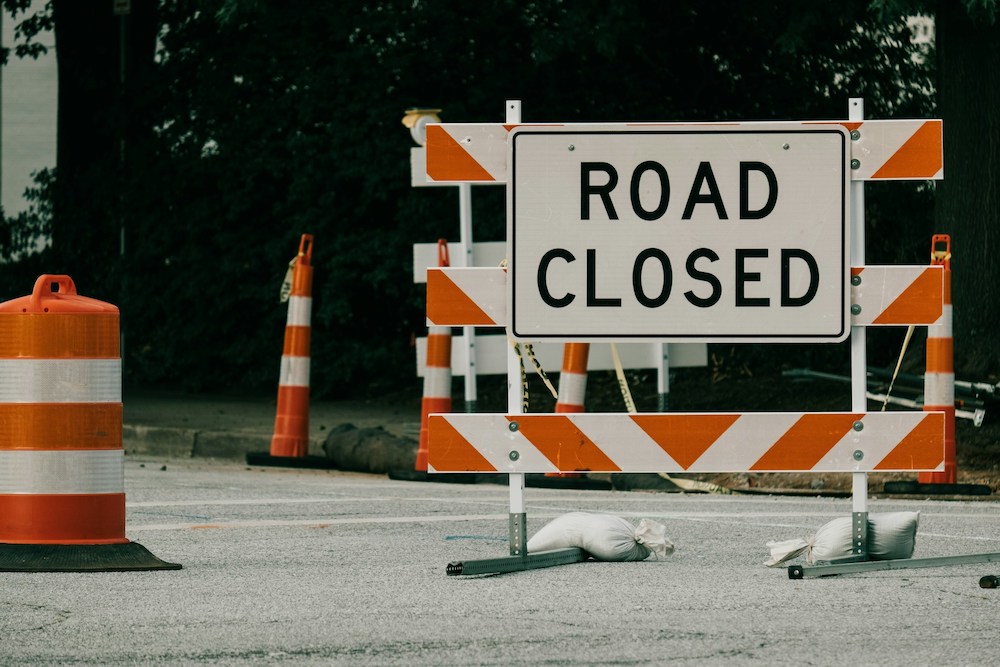What Is Road Resurfacing?
Road resurfacing is the process of applying a new layer of asphalt over an existing roadway to restore its smoothness, safety, and structural integrity. Unlike full reconstruction, which requires removing the entire pavement structure, resurfacing focuses on renewing the top layer while preserving the underlying base. This makes it a cost-effective solution for extending the life of roads, highways, and commercial surfaces.
Resurfacing not only corrects visible problems such as cracks, potholes, and surface rutting, but also improves ride quality and drainage. Municipalities, commercial property owners, and contractors rely on road resurfacing to keep transportation routes safe and functional without the expense and disruption of total replacement.
Why Road Resurfacing Matters
Over time, heavy traffic, weather exposure, and everyday wear take a toll on road surfaces. Cracks allow water to penetrate, leading to subbase damage and pothole formation. Uneven surfaces create hazards for vehicles and pedestrians. Resurfacing addresses these issues before they worsen, preventing costly repairs and extending the life of the pavement.
Beyond structural benefits, resurfacing also enhances safety. Fresh asphalt improves traction, reduces standing water through better drainage, and eliminates surface irregularities. Roads that are regularly resurfaced not only last longer but also reduce accidents and provide a more comfortable driving experience.
Signs a Road Needs Resurfacing
There are several indicators that resurfacing may be needed. Extensive surface cracking, particularly alligator or spider web cracking, shows that the top layer is failing. Potholes, depressions, or ruts caused by repeated vehicle traffic are another clear sign. If the road surface appears faded, uneven, or has areas where water pools after rain, it’s likely time for resurfacing.
It’s important to note that resurfacing is only effective when the underlying base is still in good condition. If the foundation has been compromised, full reconstruction may be necessary. A professional inspection can determine the best approach for each situation.
The Road Resurfacing Process
Resurfacing begins with preparing the existing road surface. This may include milling, a process that removes the top layer of damaged asphalt to create a smooth and even base for the new overlay. Once the surface is cleaned and leveled, a bonding agent is applied to ensure adhesion.
Hot mix asphalt is then laid down and compacted using rollers. The result is a durable, smooth, and skid-resistant surface. Depending on the size of the project, road resurfacing can often be completed in a matter of days, minimizing disruption for drivers and nearby businesses.
Benefits of Road Resurfacing
Road resurfacing offers numerous benefits. It extends the lifespan of existing pavement by 10 to 15 years, making it a smart long-term investment. The process improves safety by reducing hazards, increasing traction, and enhancing drainage. Resurfacing also boosts curb appeal, creating roads that look new and reflect positively on municipalities or businesses.
From an environmental perspective, resurfacing is more sustainable than full replacement because it conserves materials and often incorporates recycled asphalt. Cost savings are another major benefit, as resurfacing is significantly less expensive than tearing out and rebuilding entire roadways.
Choosing a Road Resurfacing Contractor
Because resurfacing involves specialized equipment and expertise, it’s important to select an experienced contractor. A qualified team can assess whether resurfacing is the right solution, ensure proper preparation, and deliver a high-quality finished surface that will last for years. Working with a contractor who uses DOT-approved asphalt mixes and modern techniques ensures compliance with safety and durability standards.
Road Resurfacing: Essential Service
Road resurfacing is an essential service for keeping roadways safe, durable, and visually appealing. By addressing surface issues before they become major problems, property owners and municipalities can extend the life of their pavement, reduce long-term costs, and improve safety for everyone. With the right contractor, resurfacing provides a reliable, efficient solution that restores both function and appearance.
FAQs about Road Resurfacing
What is the difference between resurfacing and repaving?
Resurfacing adds a new asphalt layer on top of the existing base, while repaving typically refers to a full reconstruction of the road.
How long does road resurfacing take?
Most projects can be completed within a few days, depending on the size of the roadway and weather conditions.
How long will a resurfaced road last?
A properly resurfaced road can last 10 to 15 years with regular maintenance.
Is milling always required before resurfacing?
Milling is often used to remove damaged layers and create a smooth base, but it may not be necessary in every project.
Can resurfacing fix drainage problems?
Yes. By adjusting the slope and applying new asphalt, resurfacing can improve drainage and reduce standing water.
How much does road resurfacing cost?
Costs vary depending on the road size, depth of asphalt required, and local material prices. A professional inspection is needed for an accurate estimate.
Is resurfacing environmentally friendly?
Yes. Resurfacing often uses recycled asphalt, making it a sustainable option compared to full reconstruction.
